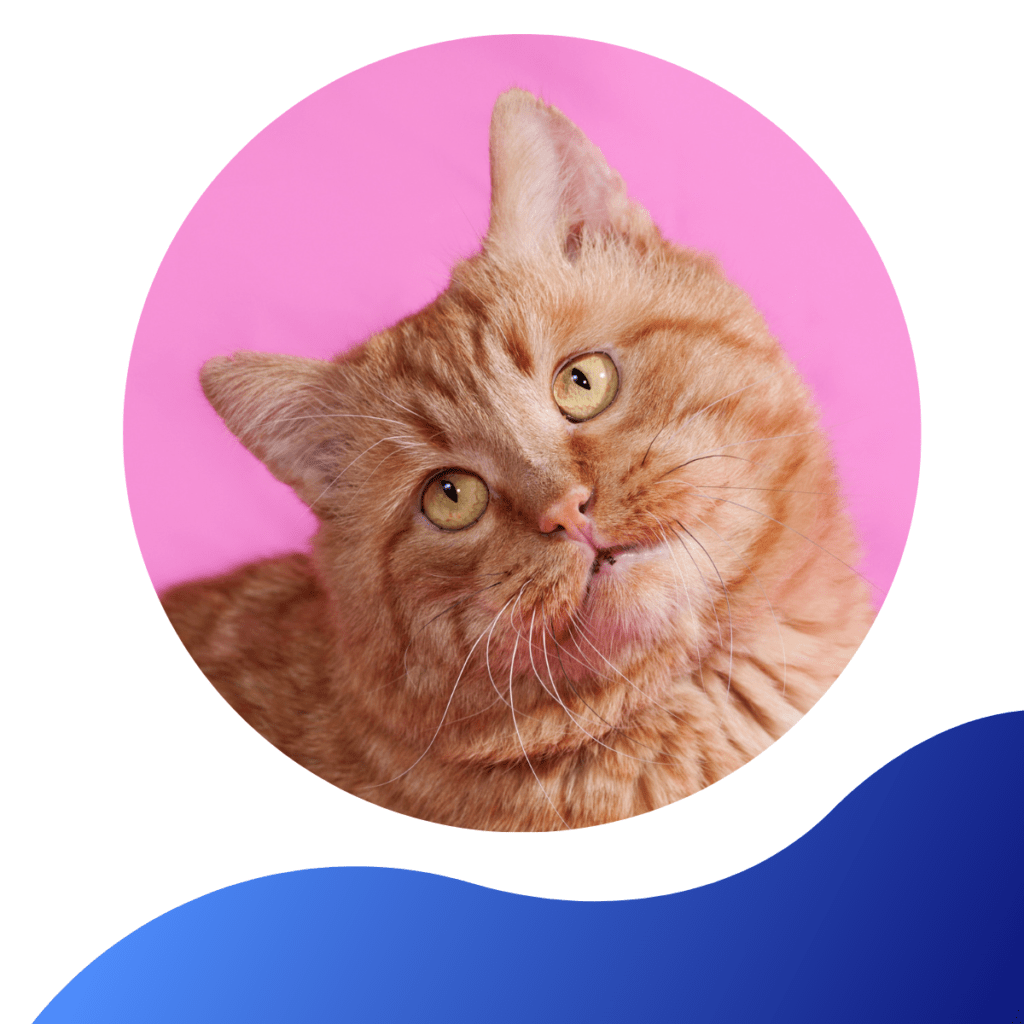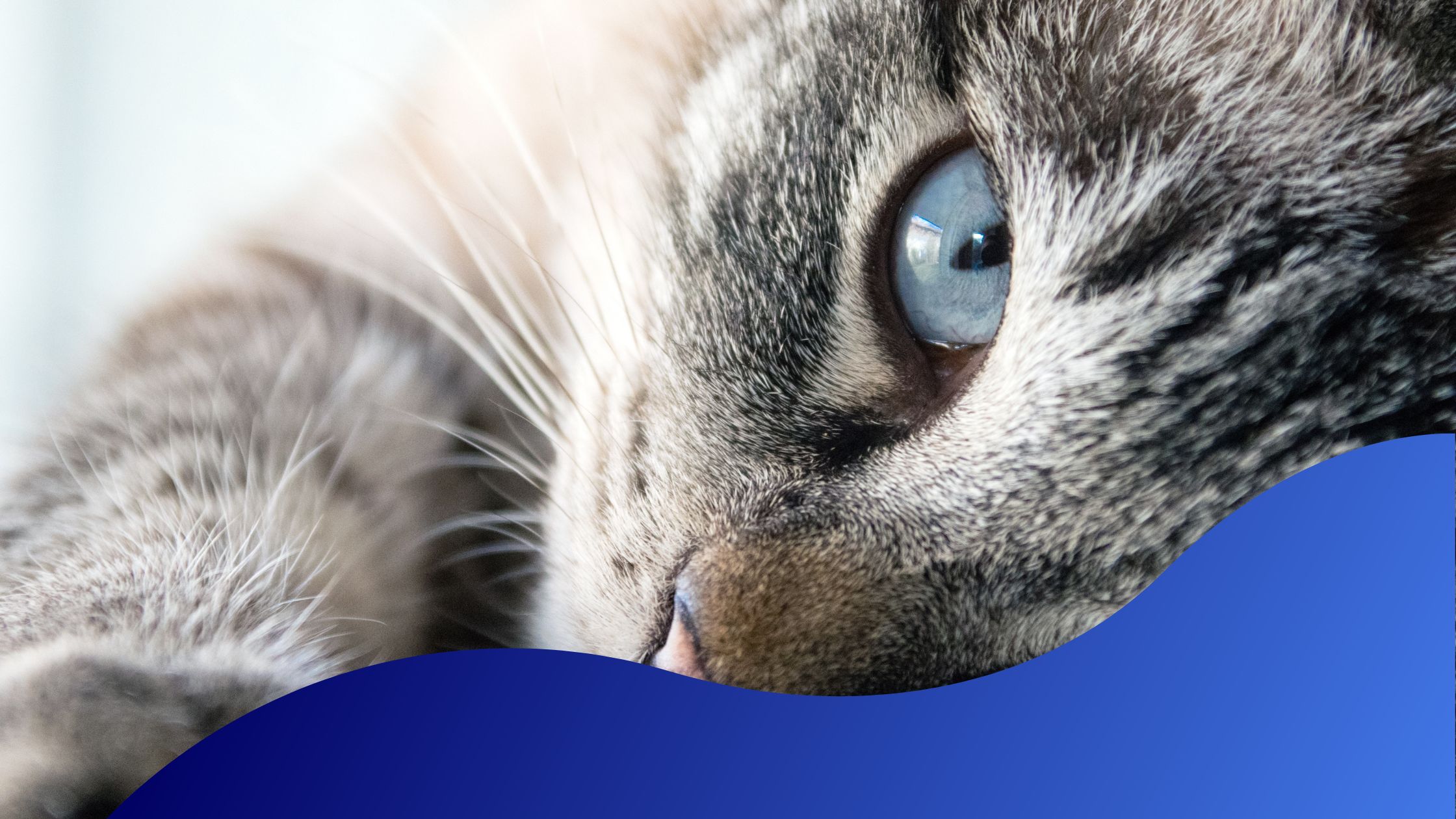Vaccinations are a very important part of the preventative health care your cat needs to to reduce the risk of serious infectious and diseases. So let’s explore the diseases that vaccinations protect our cats against…
Feline Calicivirus
Feline calicivirus (FCV) is a highly contagious virus that is one of the major causes of upper respiratory infections (URIs) or cat flu in cats.
What Are The Signs Of Calicivirus?

Treatment for Calicvirus
FCV infections are frequently complicated by secondary bacterial infections, so supportive treatment with antibiotics is usually required. Good nursing care is critical and cats may need to be hospitalised for intravenous fluid therapy and nutritional support in severe cases.
Feline Rhinotracheitis Virus
Feline viral rhinotracheitis (FVR) is an upper respiratory infection of the nose and throat in cats.
What Are The Signs Of Feline Rhinotracheitis Virus?

Treatment for Feline Rhinotracheitis Virus
Treatment usually includes IV fluids to replace those lost, eye drops for any conjunctivitis and warm water will be used to wipe away any ocular and nasal discharge. A broad spectrum of antibiotics is usually a part of the treatment plan in order to prevent or treat a resultant secondary infection.
Feline Panleukopenia Virus
Also known as FPV, feline parvovirus and feline infectious enteritis, is a nasty virus that attacks the guts, immune system and sometimes, the heart. Sadly, FPV often causes severe illness and sometimes death.
What Are The Signs Of Feline Panleukopenia Virus

Treatment For Feline Panleukoepnia Virus
Since this type of feline infection affects the body on many levels, a multifold treatment approach is needed for optimal results. One of the major results of panleukopenia is dehydration from diarrhea. To treat this, electrolytes are administered to help replace lost water and salt. These are usually given intravenously.
To combat white blood cell loss, blood transfusions may be administered and antibiotics prescribed. This will raise the body’s defence lines against secondary infection. A few days into the infection period, the cat’s own antibodies usually develop. The extra antibiotics will help bring a quick recovery.
Feline Leukaemia Virus
Feline Leukaemia Virus (FeLV) is a virus that attacks the immune system and causes cancers such as lymphoma and leukaemia. Cats with FeLV have an increased risk of developing other infections and diseases.
What are the signs of Feline Leukaemia Virus?

Treatment For Feline Leukaemia Virus
There is no cure for FeLV infection, and management is largely aimed at symptomatic and supportive therapy.
Rabies In Cats
Rabies is a viral disease that specifically affects a cat’s central nervous system (CNS).Rabies acts by attacking the central nervous system (CNS), spreading through the nervous system until it reaches the brain. Infected animals experience paralysis that inevitably involves the respiratory system and leads to death.
What are the signs of Rabies in cats?

Treatment for rabies in cats
Sadly, there is no treatment for rabies and it’s always fatal. It’s only possible to confirm rabies at post-mortem (after death). Anyone (animal or human) in contact with an infected animal is at risk of getting the disease if they are bitten.
Remember: the UK is currently free from rabies so it’s extremely unlikely unless your pet has travelled abroad and met an infected animal.
If your cat is showing signs of any of the above or you have some concerns please don’t hesitate to contact us.
Thanks for reading, until next time…

